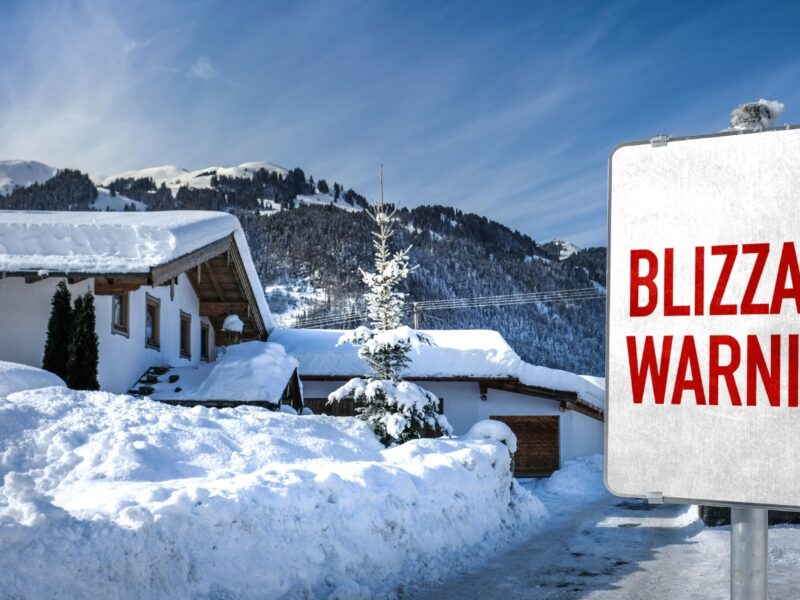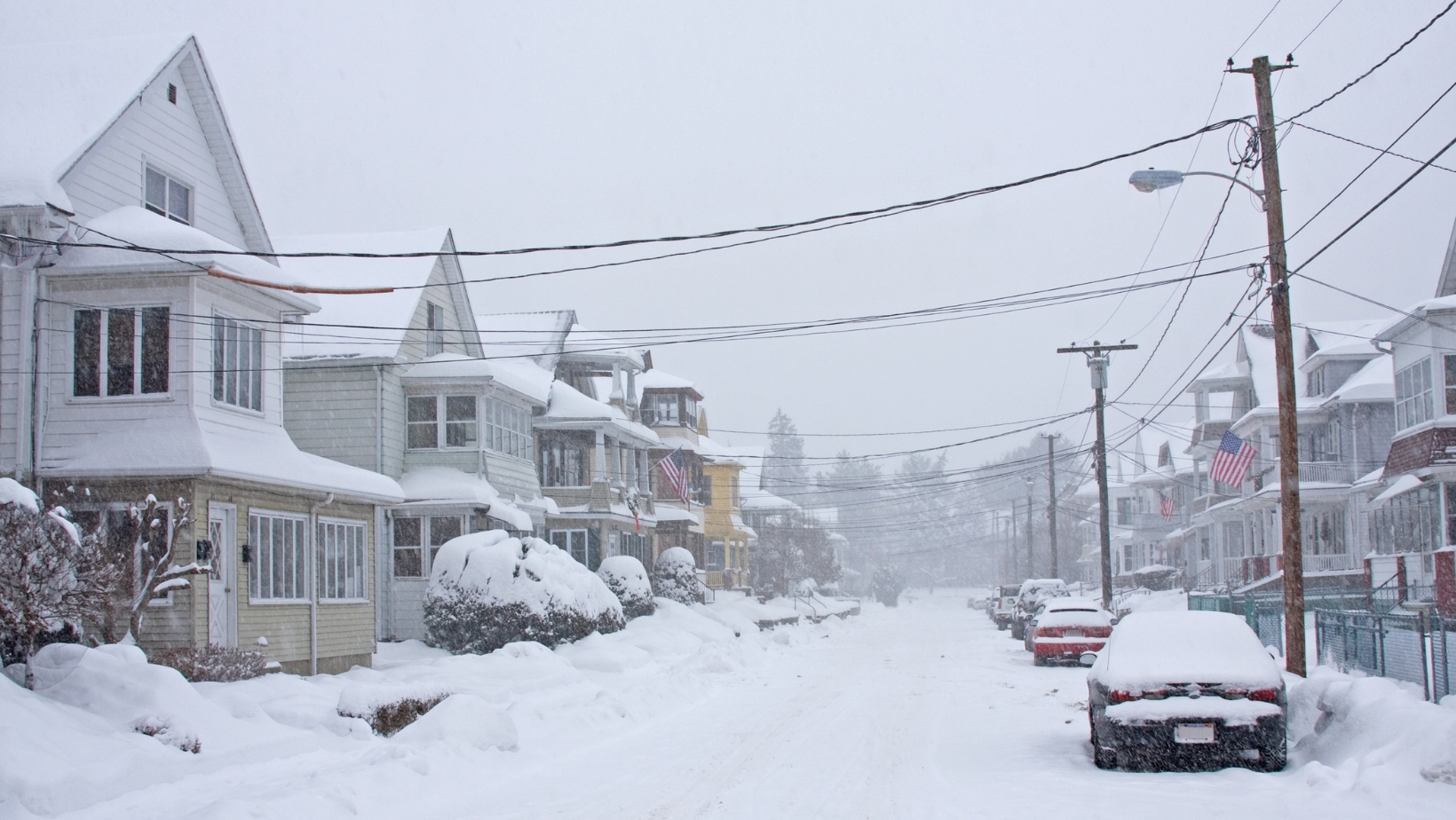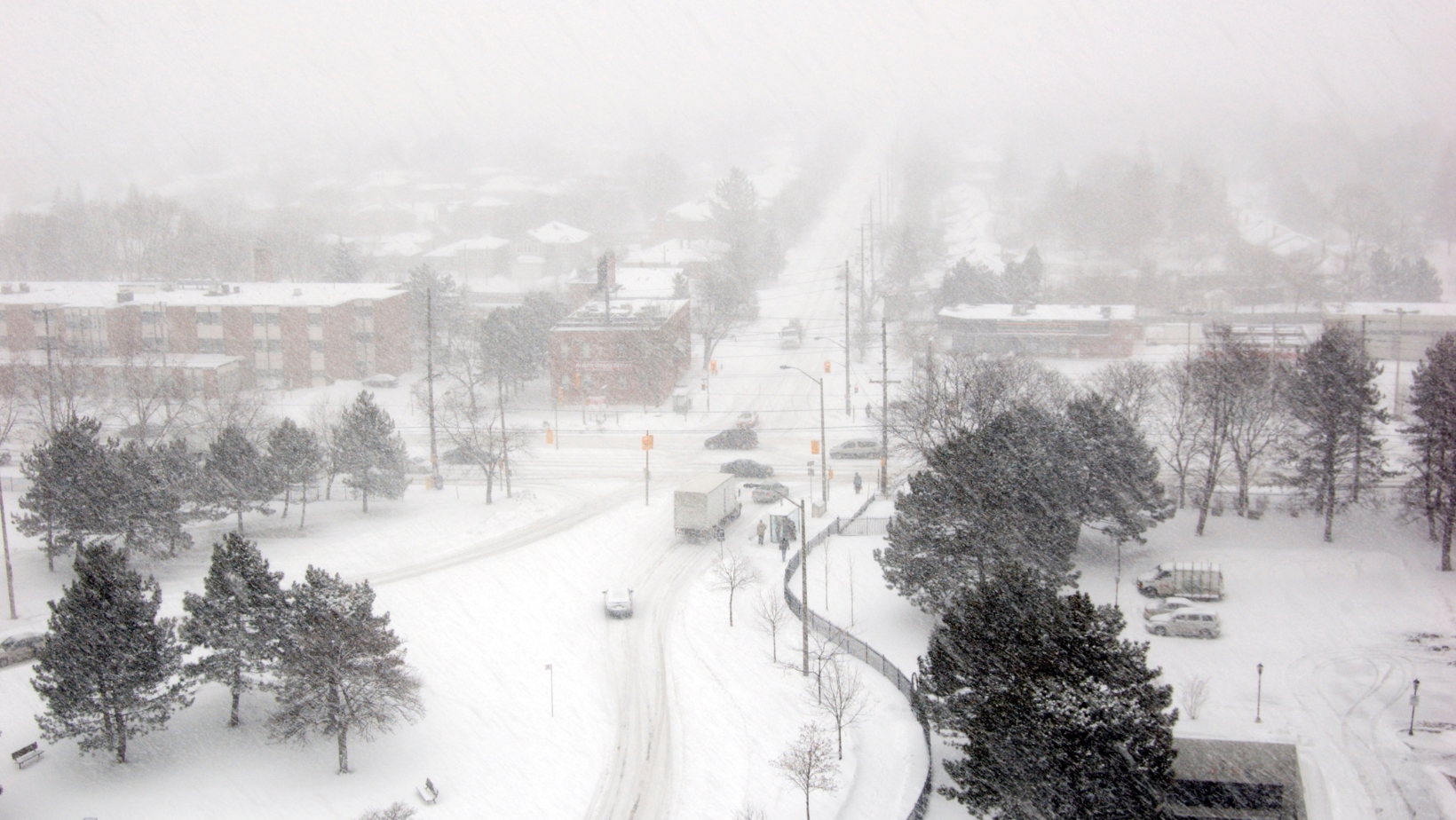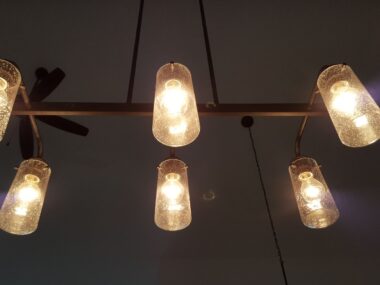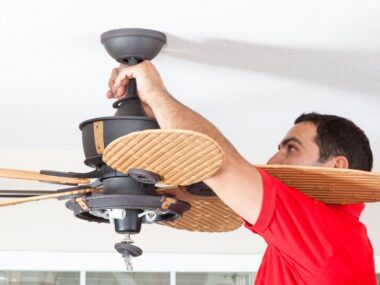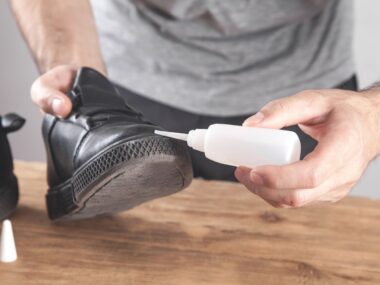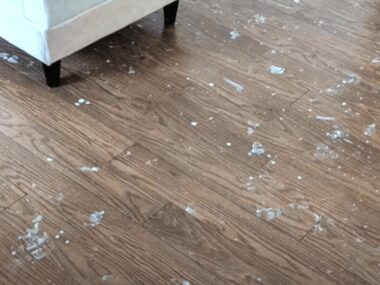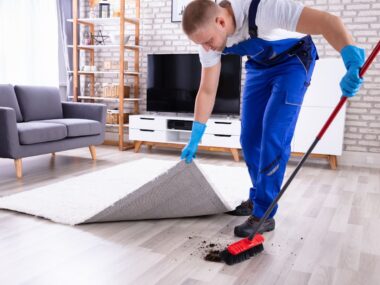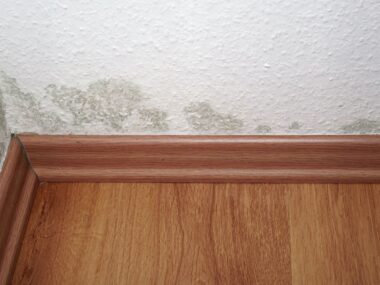The Gulf Coast region of New Orleans is routinely exposed to a humid subtropical climate characterized by a hot season, cold winter, and erratic occurrence of hurricanes and torrential rainfall. Snowfall, however, is a rarity. As a surprise snowstorm recently covered the area, including New Orleans, its impact on infrastructure and buildings posed challenges that had not been encountered previously.
Snow and Its Impact on New Orleans Roofs
New Orleans roofing company’ homes and businesses are typically designed to withstand heat, humidity, and hurricanes—not snow. This unexpected departure from the ordinary caused heavy strain on the roofs, which were not designed for high snow loads. In contrast, for northern states, steep slope roofing design is the norm, and reinforced structures are incorporated to deter snow loads; roofing in New Orleans materials is flat, and designs are for hurricane exposure rather than exposure to cold weather.
Structural Vulnerabilities
- Snow Accumulation on Flat Roofs: In the city of New Orleans, a roofing company, there is an excess of flat or low-sloped structures that are highly convenient for flood overflow but have poor snow effectiveness. Compared to rain, which is runoff, snow will fall, pile up, and deposit. This can lead to considerable loads which induce stress on the structural elements of the roof, which can cause sag or even total collapse in the worst scenarios.
- Water Damage from Melting Snow: Once temperatures rise, snow on rooftops begins to melt. Without adequate insulation and drainage systems for these situations, water progresses through roofing materials and results in leaks, mold formation, and structural damage. This is a critical issue for the formerly derelict houses in New Orleans, where the roof’s already current damaged condition due to failure of the roof could be amplified and used.
- Ice Dams: Ice dams develop as snow melts, refreezes, and blocks drainage at roof edges. Despite the prevalence of ice dams in colder regions, due to the unusual combination of snow and changing temperatures during the snowstorm, those conditions provided the perfect opportunity for their development. Ice dams, comprised of shingles and gutters, are compromised.
- Material Stress: In New Orleans, construction materials that are used as weather barriers above the roof are usually chosen to resist high winds and flooding but not freezing. Since it is the favored option in the area, asphalt shingles can deteriorate and crack in the presence of freezing temperatures, and metal roofs can become rigid and expand and contract, which can damage fasteners.
Why Building Codes Didn’t Prepare for Snow
Construction methods and building codes in New Orleans emphasize hurricane resistance in a context where hurricanes are more common and with potentially greater threat to the region.
Roofs are designed to handle wind uplift and storm drains1, but snow loads are not considered at all in roof design. This imbalance highlights the need for regionally specific design strategies as well as the recognition that such weather hazards can expose previously unimagined vulnerabilities.
Signs of Roof Damage after a Snowstorm
Anyone residing or owning and operating a business in New Orleans has been informed of the need to check their roofs for damage due to the storm. Key signs to watch for include:
- Sagging Roof Sections: This indicates excessive weight or compromised structural integrity.
- Leaks or Water Stains: Water penetration may be observed as staining on ceilings or walls.
- Missing or Damaged Shingles: Snow and ice may dislodge or break shingles, leaving the roof structure exposed.
- Damaged Gutters and Downspouts: Ice dams and the resultant snow load may cause stress on or dislodge these components.
- Cracks in Roof Materials: Once extreme cold sets in, roofing materials can shrink and crack at a molecular level to create vulnerabilities.
The Role of a Professional Roofing Company
If you feel that your roof has been damaged, you must, preferably, have it checked by a professional. In the NOLA area, there is experience in the assessment and repair of a roofer shop like Anything and Everything NOLA, with experience in dealing with the snowstorm effects. Professional roofers can:
- Conduct thorough inspections to identify hidden damage.
- Offer repairs appropriate for the materials and the structure of the roof.
- Let us suggest improvements or reinforcements so as to make the roof stronger against future weather events.
Preventative Measures for Future Weather Events
While another snowstorm in New Orleans roofing company is unlikely, the recent event serves as a reminder of the importance of proactive roof maintenance.
Consider the following preventative measures:
- Routine Inspections: Infrequent roof checks can be used to uncover and repair small problems that develop into big ones in unwelcoming weather conditions.
- Improved Insulation: Upgrading attic insulation can help reduce the likelihood of ice dam formation.
- Upgraded Roofing Materials: Investing in materials designed to withstand a wider range of weather conditions can enhance your roof’s durability.
- Emergency Preparedness: Keeping a good relationship with a friendly roofing company means that rapid response to and repairs following disruption are guaranteed.
Conclusion
The freak snowstorm over New Orleans and the Gulf region thereof was a dramatic illustration of how unpredictable weather can be, especially in relation to infrastructure systems. Roofs specifically faced the brunt of this happening, revealing risks in regional construction practices. Inspection and remediation of damage from the storm are recommended to be given the highest priority for home and business owners.
